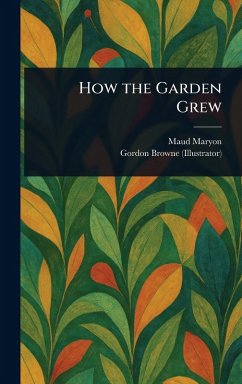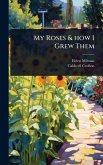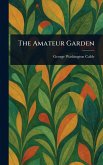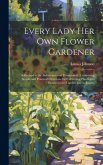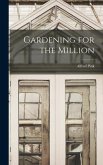"How the Garden Grew" by Maud Maryon is a timeless guide to the art and science of gardening. This meticulously prepared edition offers a comprehensive overview of cultivation techniques for both flowers and vegetables. Delve into the principles of garden design and learn practical methods for creating a thriving and beautiful outdoor space. A valuable resource for anyone interested in gardening, this book covers a wide range of topics, from soil preparation to plant care, providing essential knowledge for successful cultivation. Discover the secrets to growing lush flowers and bountiful vegetable crops, all within the context of classic gardening wisdom. Perfect for both aspiring and experienced gardeners seeking foundational knowledge and enduring inspiration. Explore the enduring appeal of gardening with this historical text. This work has been selected by scholars as being culturally important, and is part of the knowledge base of civilization as we know it. This work is in the public domain in the United States of America, and possibly other nations. Within the United States, you may freely copy and distribute this work, as no entity (individual or corporate) has a copyright on the body of the work. Scholars believe, and we concur, that this work is important enough to be preserved, reproduced, and made generally available to the public. We appreciate your support of the preservation process, and thank you for being an important part of keeping this knowledge alive and relevant.
Bitte wählen Sie Ihr Anliegen aus.
Rechnungen
Retourenschein anfordern
Bestellstatus
Storno

